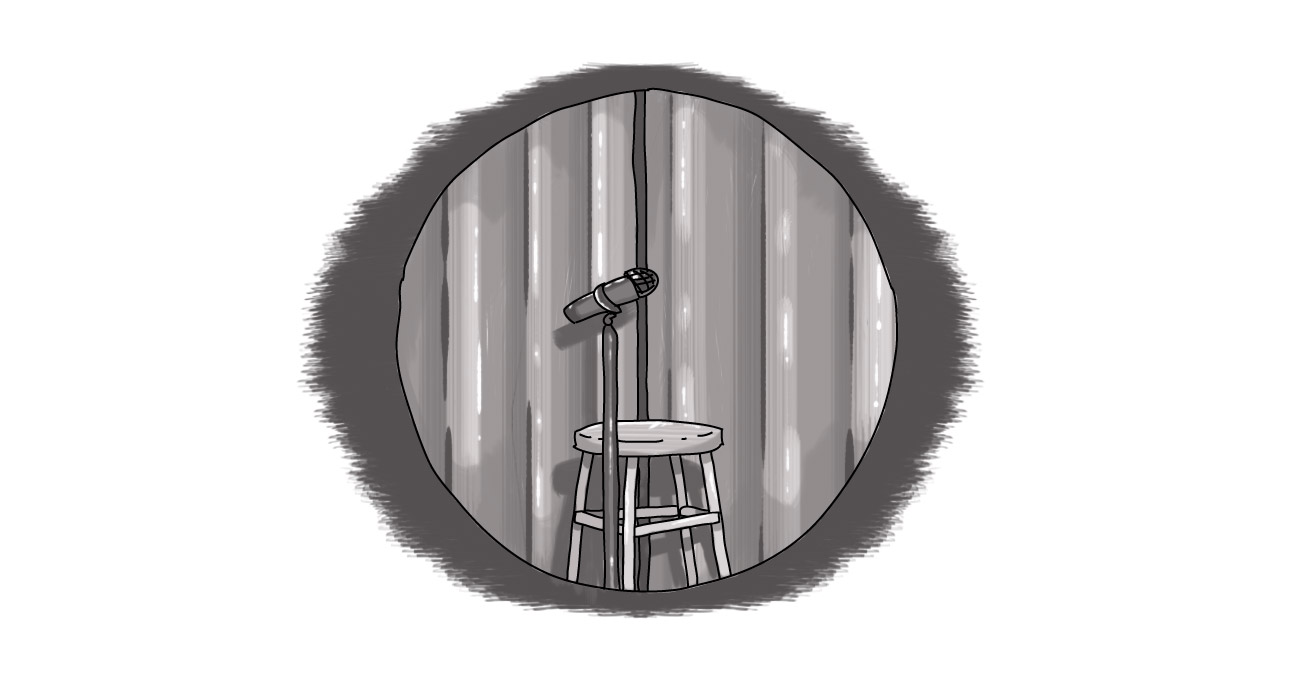Make Sure the Joke's Not on You -- and Your Brand

Humour has a great place in life. At its best, it can shine the spotlight on those institutions that we hold dear and force us to reconsider the hows and whys of what we do.
Take, for example, Jonathan Swift’s piece commonly known as “A Modest Proposal.” This essay suggests that the Irish poor could help alleviate its collective suffering by selling its children as food to the rich. This, as we now would classify it, was deadpan humour at its darkest -- and social satire at its finest.
Today, we find that great tradition of social satire reflected in the likes of John Stewart and Stephen Colbert; it’s reflected in the works of Mark Twain and Rick Mercer, Stanley Kubrick and Matt Groening, and Gary Trudeau and the writers of The Onion; and it permeates every aspect of our lives.
So why, understanding that, are many business environments completely devoid of humour? The greatest tragedy of that absence is that many businesses miss out on an opportunity to better themselves.
Now, I’m not suggesting that you turn your business communications into An Evening at the Improv, but business can learn a great deal from humour. There is a Facebook page called the Condescending Corporate Brand Page that is brilliant precisely because of its truth. It, along with its corresponding Twitter feed (@Corporate_Brand), skewers the business communications/marketing industry by holding up a mirror to worst practices.
But they’re not the only ones out there. For years, Steve Crescenzo and Mark Ragan have used humour to teach best practices to business communications people. And there are many others.
Still the message tends to get lost. Businesses continue to insist upon using empty Biz-Speak phrases like “value proposition,” “socialize,” and “synergy” instead of speaking in plain English. I’ve been to conferences (hosted by the aforementioned Ragan/Crescenzo duo) where many good folks fighting the battles on the trenches come together to show off their war wounds, share their stories, and commiserate over what could have been.
A business that truly wants to have a meaningful interaction with its customers – and potential customers – should look at what it’s doing. It’s not just enough to do – you must examine the whys and the hows. Are your messages part of a broader strategy? Are you writing on purpose with a purpose, or are you just throwing statements against the wall and hoping they stick? Do you have a plan on how to convert those ‘likes’ and ‘fans’ into real-life customers?
If not, then why are you doing it?
Over Thanksgiving (the good Canadian one; not the Johnny-Come-Lately U.S. one, of course), I saw a corporate brand page post a Facebook message to the effect of “Click like if you like Thanksgiving!” I had to do a double-take because I thought it was a parody. But no, it was a clear-and-present engagement grab – no purpose other than to bump up the likes and shares. Obviously someone's corporate goals focused on total number, not total satisfaction as there wasn't even a goodwill message like “Happy Thanksgiving to our friends, customers, and fans…” to help make it palatable.
Representing a corporate brand on-line can be simple, but it isn’t easy – at least not if you want to do it well. Take some time to think about what you want to say and who you want to be on-line. Think about what your goals are and how your on-line presence can support those efforts. And, most importantly, make sure you’re speaking from the heart and being honest with both your customers and yourself. Oh, and check out some of those links above.
After all, the last thing you want for your brand is to have the joke be on you!
SUBSCRIBE TO OUR E-NEWSLETTER
 Subscribe
Subscribe


